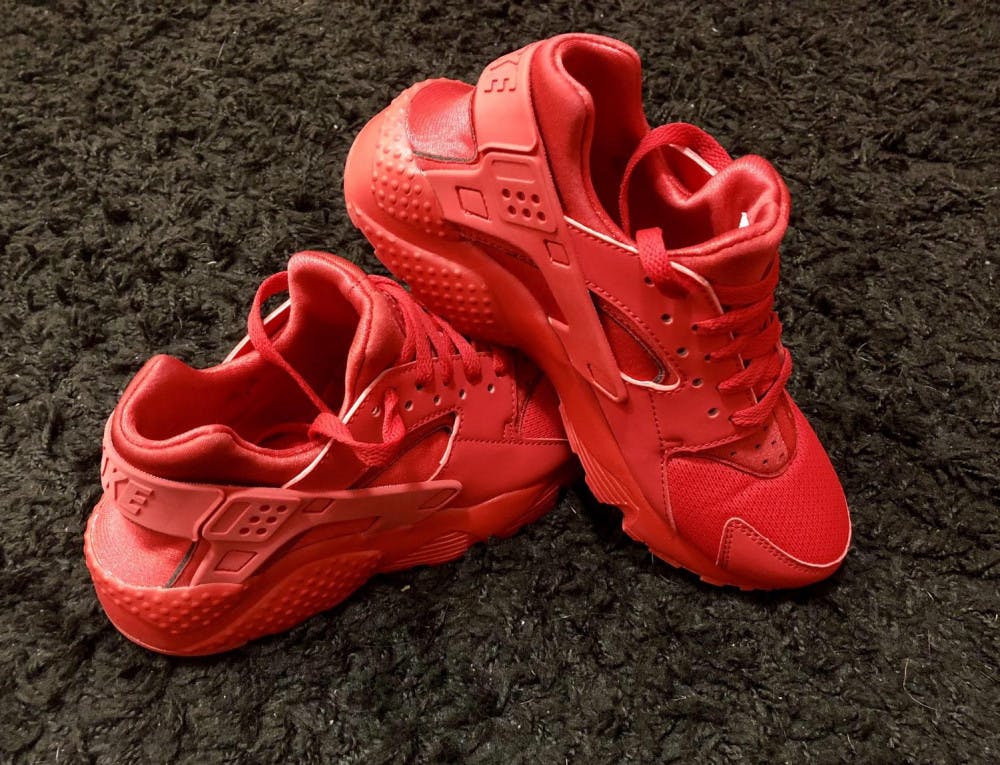This past week I bought a pair of “University Red” Nike Huaraches. I was excited about this athleisure purchase because the color of the shoes is super vibrant and a great statement piece to my outfits. I wanted to stand out and even though Nike Huaraches are a very typical shoe, the color is not. In addition, I also saved about $40 on my purchase by ordering the shoes in a kids size instead of adult. Shop smarter.
Anyone who knows me, or has seen me around, knows that I can often be spotted marching up and down the hills of campus in heels or booties. So, how did a pair of sneakers end up in my online shopping cart? Something that I always admired about Nike was their branding. Beyond the quality of shoes, I was always interested in the image the company has historically perpetuated.
As a Black American woman, I have been drawn to Nike’s commitment to advertise and market to a diverse consumer base. Nike has been in the news recently for its campaign featuring Colin Kaepernick and Serena Williams. Companies that stand up for social justice and inclusivity are ones that I have always tried to support as a consumer. I love when I scroll on Instagram or read online about the latest company to clap-back at injustice or feature a model with whom I can actually identify.
However, a conversation I recently had with a friend challenged my thinking and made me want to investigate further. Capitalizing on individuals’ desires to feel included and respected in society has manifested itself into very clever marketing. I find that the latest trend in fashion is that of social justice.
Advertisements featuring physical diversity in models, sponsorships with social activists and wittily worded social media posts are everywhere. As movements focused on immigration, gay rights, black lives, sexual violence and beauty norms have come to the forefronts of conversation, they’ve also come to that of retail stores. After recognizing that minority groups have sufficient purchasing power, companies specifically target these communities to market their products and incorporate them into their customer base.
As a result, I have begun to wonder what, other than marketing, these companies do to contribute to the communities they are appealing to. Nike has recently come under scrutiny for advertising support for the black community while historically contributing to conservative political campaigns. Whenever a social or political event in our nation makes the news headlines, many companies will demonstrate public support. However, this support often fades away with the next news cycle. I worry that inclusivity is often not driven by the morality of companies but by capitalistic incentives to sell to untapped but lucrative demographics instead. I find that many companies will jump on the bandwagon of fighting the good fight publicly but don’t always contribute beyond the marketing campaigns.
Many individuals, like myself, will become loyal to brands that speak to them stylistically and personally. The brand has become a huge part of the decision making process when purchasing a new item.
Recognizing that it’s rare to find a company that actually puts its money where its campaigns are, I’ve started to challenge myself to think beyond the advertising and do more research about where I spend my money.
The Lookbook: Huaraches

Comments



